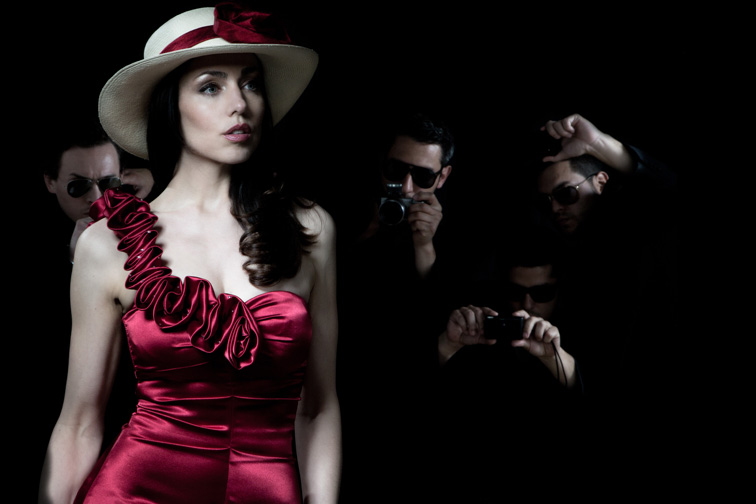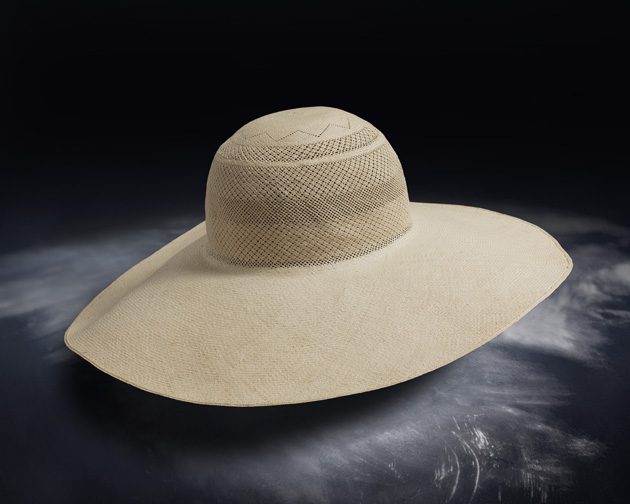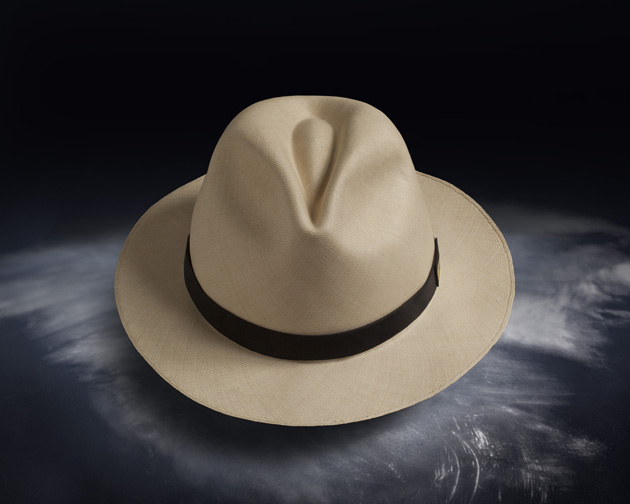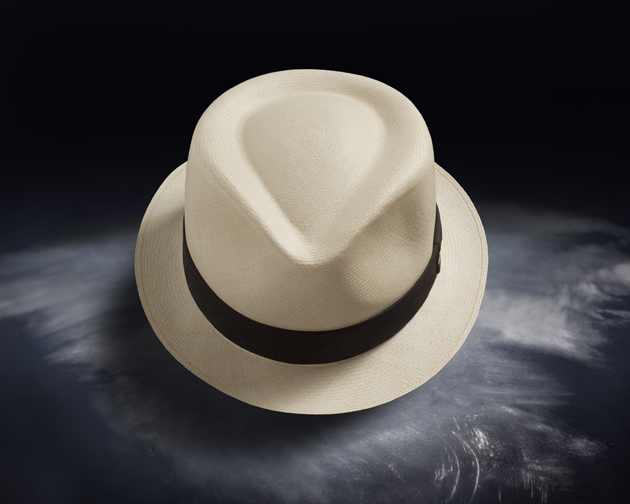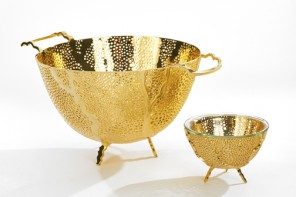When it comes to fashionable hats, the Panama is a style recognized around the world. But, reminds Jose Molina, that sartorial favorite is actually not from Panama but rather Ecuador.
And what is properly called the Toquilla Straw Hat — a traditional style made from the leaves of what is known as toquilla palm — came to be associated with the country from where it was shipped to destinations around the world rather than from where it was made.
Spreading the history of the iconic design and bringing it to the forefront of contemporary fashion are among the goals of Monticristi, launched in February 2012 by Molina and two partners.
Molina, a former Stamford resident and the company’s marketing vice president, is joined in New Jersey-based Monticristi’s leadership by CEO Pablo Vinueza, who, like Molina, traces his roots to Ecuador, and executive director Emilio Gomez, from Paraguay.
With their backgrounds in international business, marketing and finance, the men have teamed up to raise the awareness of a cultural tradition while upping the fashion quotient along the way.
“We kept hearing about ‘Panama hats,’” Molina says.
But, he says, he and his partners were determined to give Ecuador’s famed straw hats “the credit they deserve.”
BACKGROUND, TRADITION
The straw-weaving tradition, which dates back centuries, is particularly strong in the Ecuadorian coastal climate that provides optimum conditions for producing the finest straw.
Skilled weavers craft these hats by hand, with work concentrated in the towns of Pile and Montecristi — the company name is a registered-trademark spin on the spelling of the town name.
“It’s something that’s being lost,” Molina says of the tradition, passed down through generations but today threatened by high-tech production and shifting populations.
Buoying the local economy and keeping this tradition alive are what Monticristi is all about, as its website proclaims:
“It is our intention to make the art of weaving recognizable internationally, fusing it with a touch of contemporary fashion to sustain its prestigious legacy.”
And it’s a legacy that others have noted. The Representative List of the Intangible Cultural Heritage of Humanity by the United Nations Educational, Scientific and Cultural Organization (UNESCO), for example, recognized traditional weaving of the Ecuadorian toquilla straw hat in 2012.
For those at Monticristi, it’s all about respecting that past while looking ever forward.
“We want to create that dynamic,” Molina says.
And, it helps, it must be said, that hats are in vogue again.
“In the past two years we’ve seen a lot more people wearing hats,” Molina says.
The fashion shift, coupled with the ever-growing emphasis on and appreciation for all things handcrafted, offers an opportunity for quality products with unmatched durability and luxurious finishing touches, which at Monticristi include bands of the finest silk from India hand-stitched to the hats.
The mayor of Montecristi and the director of tourism have certified the company’s hats since May of 2012, another vote of confidence that helps when cultivating an appreciative audience.
“The hardest part, I would say, is teaching people the complexity of our hats, how long it takes and showing them the value.”
Already, Molina says, the company has found a select audience willing to wait up to 10 months for a custom design of these singular hats, which can start at around $300 and reach into five figures.
“They understand,” Molina says. “They know the process. They know the hat is going to be one of a kind.”
The Monticristi site offers not only a step-by-step description of the hat-making process and the tradition’s history but also goes into detail about the weaves that distinguish each grade, culminating in the Extra Fino Monticristi.
THE FUTURE
A longtime summer staple, the toquilla straw hat in recent years has become a year-round fixture, a stylish topper found as often on a young woman’s head as a mature man’s.
“It’s funny how it complements women’s clothes,” Molina agrees.
And Monticristi is poised to tap right into that trend, with styles designed for all ages and tastes.
“It is very traditional but we want to give it a twist,” he says, mentioning the company’s own designs, such as the patented small-brim fedora.
Each handcrafted hat comes with a certificate of authenticity, which further reinforces its prestige.
The company continues to spread the word via sales at premium retailers, social media outlets and participation in events such as NYC Couture Fashion Week held in September in Manhattan. In the spring, the company hopes to participate in industry events in both Cannes and Milan. The company also, Molina says, is committed to giving back and supports charitable causes.
Monticristi will always be faced with competitors who produce inexpensive hats for the mass market.
A Monticristi hat, Molina says, will simply stand apart.
“We call our hats wearable art.”
And, we’re sure, so do the growing numbers of Monticristi customers.
For more, visit monticristi.com.

